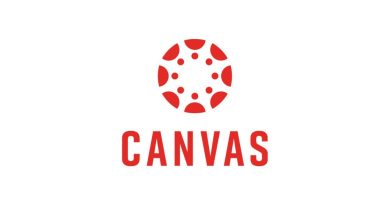Advancing Instruction Through Community and Digital Tools
CELTT is excited to share updates that support faculty in integrating emerging tools and ensuring digital accessibility in their courses. We’re offering professional learning communities (PLCs) focused on innovative technologies and new resources to help faculty meet digital accessibility standards.
- Exploring Emerging Technologies: Join Our Spring PLCs
UBalt faculty are invited to participate in two PLCs this semester, both designed to support innovative teaching practices. The Generative AI in Educational Practice PLC offers a collaborative space to explore how AI can enhance student learning through ethical, effective strategies. Faculty will meet regularly to share best practices, discuss new approaches, and test different tools. Meanwhile, the Nearpod Pilot PLC provides a hands-on opportunity to experiment with interactive learning tools. Faculty will receive full access to Nearpod’s Premium Plus subscription, participate in asynchronous modules, and collaborate with colleagues in live sessions to develop dynamic lessons. Click on these links for the full application process for the Generative AI in Educational Practice PLC and the Nearpod Pilot PLC; when you’re ready to apply, submit your application through TeamDynamix. - Grant for No Cost/Low-Cost Materials (OER) Integration
The No Cost Materials Group encourages faculty members to participate in the redesign/refining of their course materials using no cost/low-cost alternatives (OER, course reserves, library resources, public domain materials etc.). To support this initiative, the RLB Library in collaboration with CELTT and Student Success and Support Services will offer ten (10) $1,000 grants to interested faculty. The awards will be announced in February 2025 with the expectation the redesigned course will run within the 2025-2026 academic year. Please note, grant recipients must attend a mandatory half day virtual workshop. Complete applications should be submitted by February 7, 2025. Detailed information can be found here. - Enhancing Digital Accessibility: New Faculty Resources
CELTT also stays committed to supporting faculty in creating courses that are accessible to all students. This semester, we will continue working with faculty to help ensure that course content meets the Digital Accessibility Standards set forth by the U.S. Justice Department in Title II of the Americans with Disabilities Act. To support this goal, the CELTT team created the following LibGuides to help users design accessible Excel sheets, PowerPoint presentations, Word documents, and PDFs. These guides emphasize building accessibility from the start rather than fixing issues later. The built-in Accessibility Checker identifies problems, though some fixes require the desktop version. Key practices include using headings, alternative text for images, descriptive links, sufficient color contrast, and proper list and table formatting.
Here are the LibGuide links for some of the CELTT resources:
Whether you’re looking to integrate new technologies or ensure your course materials are accessible to all learners, CELTT is here to support you. Let’s work together to create engaging, inclusive learning environments for every UBalt student.



